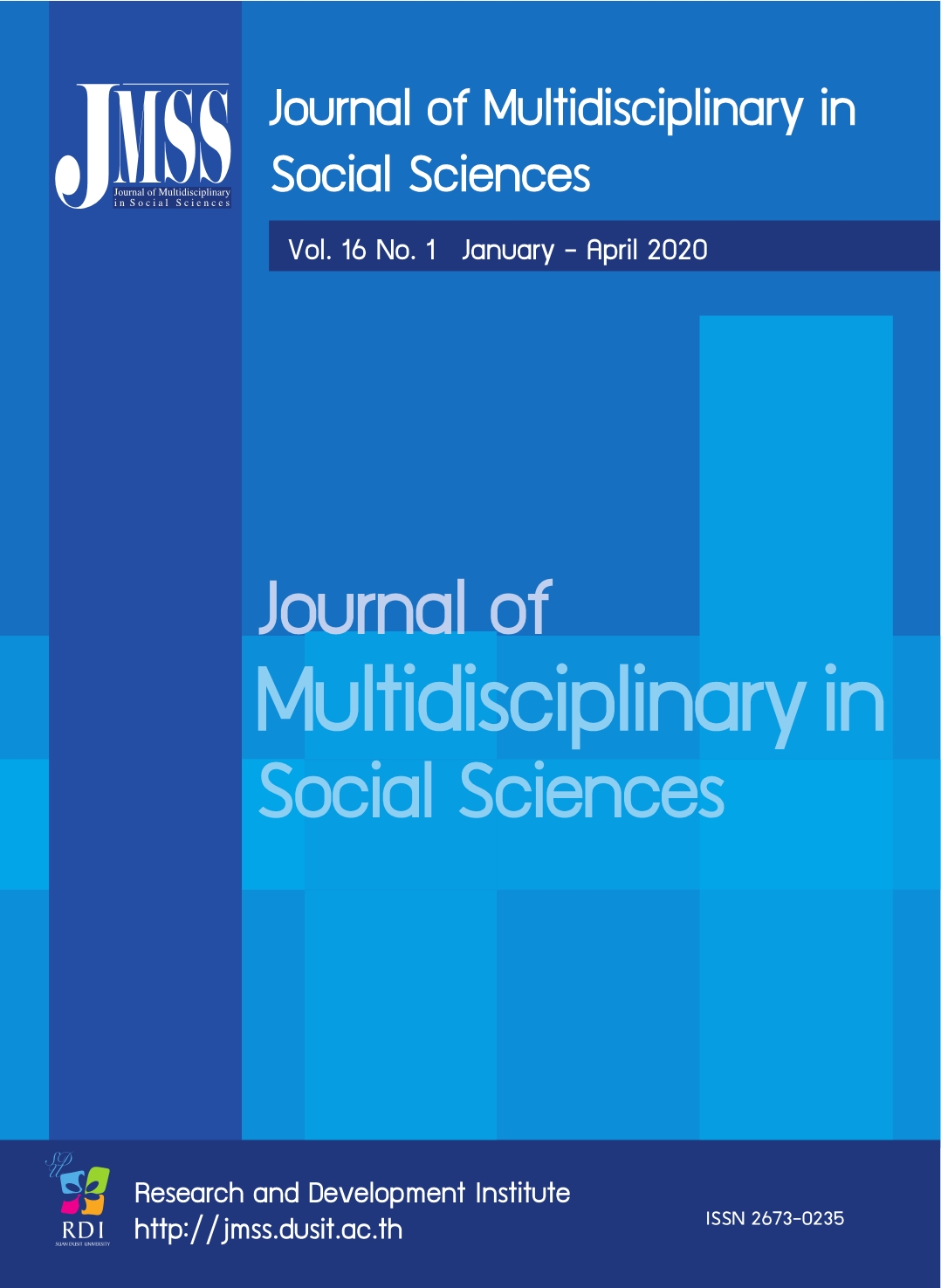Flipped Classroom as a Pedagogical Approach for the Development of Mathematics Instruction for Learning in the 21st Century
Keywords:
Flipped classroom, MathematicsAbstract
Flipped classroom is a pedagogical approach which changes instructional activity from teacher’s lecturing to student’s self-learning. In flipped classroom, students learn concepts via digital technology and apply understanding about the concepts in classroom activities. In the classroom activities, teachers have the important role in facilitating students to develop better ‘conclusions. Flipped classroom approach consists of four stages: (1) experiential engagement, (2) concept exploration, (3) meaning making, and (4) demonstration and application. The learning in flipped classroom approach is relevant to learning in the 21st century where students are able to learn anytime and everywhere via digital technology. Flipped classroom approach is able to be implemented in mathematics classroom instruction in order to prepare students for Thailand 4.0.
References
Bergmann, J. & Sams, A. (2017). Flipped Classroom. Retrieved August 21, 2017, from https://flippedclass.com/about-m/
Brenda S. , Kamille B. & Mariam A. (2015). Theoretical Framework for the Flipped Classroom Model Retrieved August 9, 2017, https://flippedchem.wordpress.com/2015/07/30/theoretical-framework-for-the-flippedclassroom-model-2/
Chaikhwang W. (2011). The study of mathematics learning achievement of Mathayomsuksa One Students on Properties of counting numbers by using mult media at Kasetsart University Laboratory School, Multilingual Program, Center of Educational Research and Development, Changwat Chon Buri. (Master’s thesis). Bangkok: Kasetsart University.
Educause. (2012). Flipped Classroom Resources. Retrieved August 20, 2017, from https://www.slu.edu/cttl/resources/teaching-tips-and-resources/flippedclassroom resources.
Khunranartsiri, P. (2014). 21st Century Mathematical Management. Retrieved August 17, 2017, from https://sites.google.com/site/snpinnrabawxin/home/nana-sara-kab-khnitsastr-1
Kiratiganont, D. (2014). Promotion of Reasoning Skills in Instruction Using Philosophical Principles. SDU Research Journal of Humanities and Social Sciences, 10(2), 235-250.
Lee W.C. (2016). 5 Strategies for A Successful Flipped Math Class. Retrieved August 9, 2017, https://globaldigitalcitizen.org/5-strategies-flipped-math-class
Na Mahachai, S. (2013). Flipped Classroom - Study at home doing homework at school. Retrieved August 24, 2017, http://www.komchadluek.net/news/edu-health/157502
Nopakhun, C. (2017). Teaching Montessori Method for Students in Early Childhood Education Program, Suan Dusit University : Past Present Future. SDU Research Journal of Humanities and Social Sciences, 13(3), 231-245.
Pahay, S. (2013). Flipped Classroom : New Dimension Classroom in the 21st Century. Retrieved August 26, 2017, from http://www.mbuisc.ac.th/phd/academic/flipped%20classroom2.pdf
Panich, W. (2013). Teacher for Disciples Create a reverse classroom. Bangkok : S.R Printing Mass Production.
Ramnarong, T. (2013). Flipped Classroom. Retrieved August 20, 2017, from https://www.gotoknow.org/posts/548870.
Schoolwires. (2013). The Flipped Classroom : A New Way to Look at School. Retrieved August 9, 2017, from http://offers.schoolwires.com/flippedclassroomanewway.
Downloads
Published
How to Cite
Issue
Section
License

This work is licensed under a Creative Commons Attribution-NonCommercial-NoDerivatives 4.0 International License.








